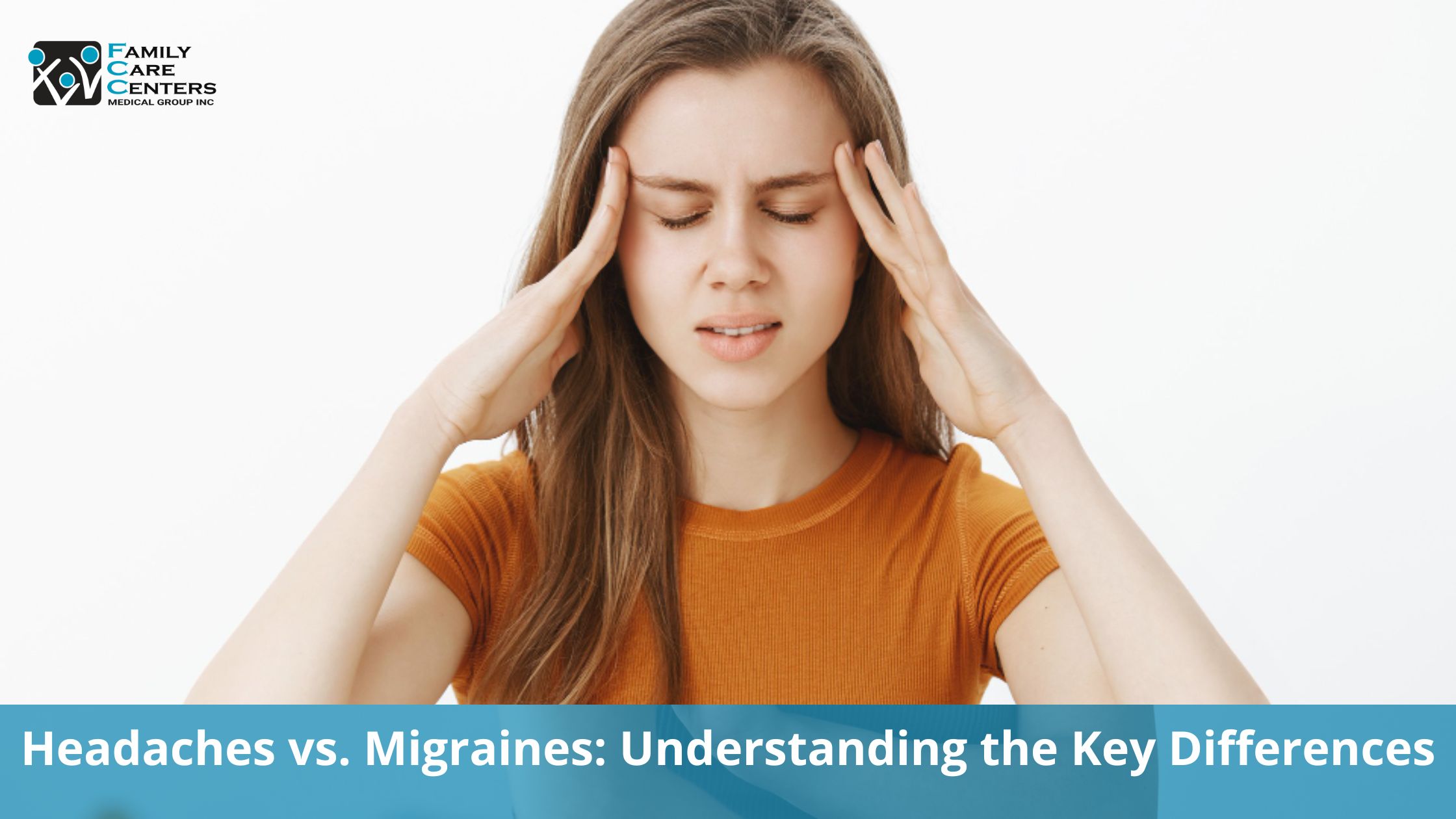

Fountain Valley Urgent Care Permanently Closed. We’re Here to Care for You at Our Other Locations.

Have you ever found yourself wondering whether the throbbing pain in your head is just a typical headache or something more serious, like a migraine? You're not alone. Many people struggle to differentiate between these two common yet distinct conditions. Understanding the difference is crucial for proper management and treatment, potentially making a significant impact on your quality of life.
Recognizing whether you're experiencing a headache or a migraine is more than just a matter of semantics. It can affect how you approach treatment, manage symptoms, and even how quickly you seek medical attention.
While both headaches and different underlying causes. Headaches typically result from tension in the muscles of the head and neck or from changes in blood flow to the brain. Migraines, on the other hand, are a special subset of headaches involving complex interactions between the brain, blood vessels, and surrounding nerves.
Tension headaches often present as a dull, steady ache that can range from mild to moderate in intensity. They typically affect both sides of the head and may feel like a tight band around the forehead.
Migraines, however, are characterized by intense, throbbing pain that's often localized to one side of the head. The pain can be severe enough to interfere with daily activities and is often described as debilitating.
Most typical headaches are not accompanied by symptoms beyond the head pain itself. In some cases, there might be some tension in the neck or shoulders.
Migraines, conversely, often come with a host of additional symptoms, including:
Sensitivity to light (photophobia)
Sensitivity to sound (phonophobia)
Visual disturbances (aura) such as flashing lights or blind spots
Dizziness or vertigo
Difficulty concentrating
Headaches can last anywhere from 30 minutes to several hours, and in some cases, may persist for days. They often respond well to over-the-counter pain relievers.
Migraines typically last longer, ranging from 4 to 72 hours if left untreated. They also have distinct phases:
Prodrome: A period of warning signs before the migraine begins, lasting hours to days
Aura: Visual or sensory disturbances that occur before or during the migraine (not experienced by all migraine sufferers)
Headache: The main phase of pain and associated symptoms
Postdrome: A recovery phase after the headache subsides, often characterized by fatigue and mood changes
While both headaches and migraines can have triggers, migraines tend to be more sensitive to specific environmental and lifestyle factors. Common triggers for migraines include:
Hormonal changes, especially in women
Certain foods and drinks (e.g., aged cheeses, alcohol, caffeine)
Stress and anxiety
Changes in sleep patterns
Weather changes
Strong smells or bright lights
Headaches, particularly tension headaches, are often triggered by:
Stress
Poor posture
Dehydration
Eyestrain
While most headaches can be uncomfortable and annoying, they typically don't impair daily functioning. Most people can continue their regular activities with a headache, albeit with some discomfort.
Migraines, however, can be disabling. Many migraine sufferers need to lie down in a dark, quiet room during an attack. The pain and associated symptoms can make it impossible to work, study, or engage in social activities. The World Health Organization ranks severe migraines among the most disabling illnesses, comparable to dementia, quadriplegia, and active psychosis.
While occasional headaches are common and often manageable with over-the-counter treatments, certain situations warrant medical attention. You should consult a healthcare professional if:
You experience headaches or migraines more than once a week
Your headaches are severe enough to interfere with your daily life
You need to take pain medication for headaches more than twice a week
Your headache pattern changes or your headaches worsen
You experience new or unusual symptoms with your headaches
If you're experiencing severe head pain accompanied by fever, stiff neck, confusion, seizure, double vision, weakness, numbness, or difficulty speaking, seek immediate medical attention as these could be signs of a more serious condition.
Understanding the differences between typical headaches and migraines is crucial for effective management and treatment. By recognizing your specific symptoms and triggers, you can work with healthcare professionals to develop an appropriate treatment plan. Remember, persistent or severe head pain should never be ignored. If you're unsure about your symptoms or if they're impacting your quality of life, don't hesitate to seek medical advice.
For those needing immediate care, Family Care Centers Medical Group offer expert medical attention for a range of conditions, including severe headaches and migraines. With multiple locations across the region, help is always nearby when you need it most.